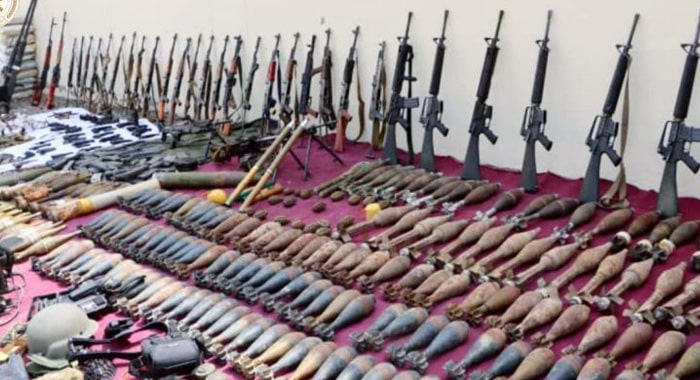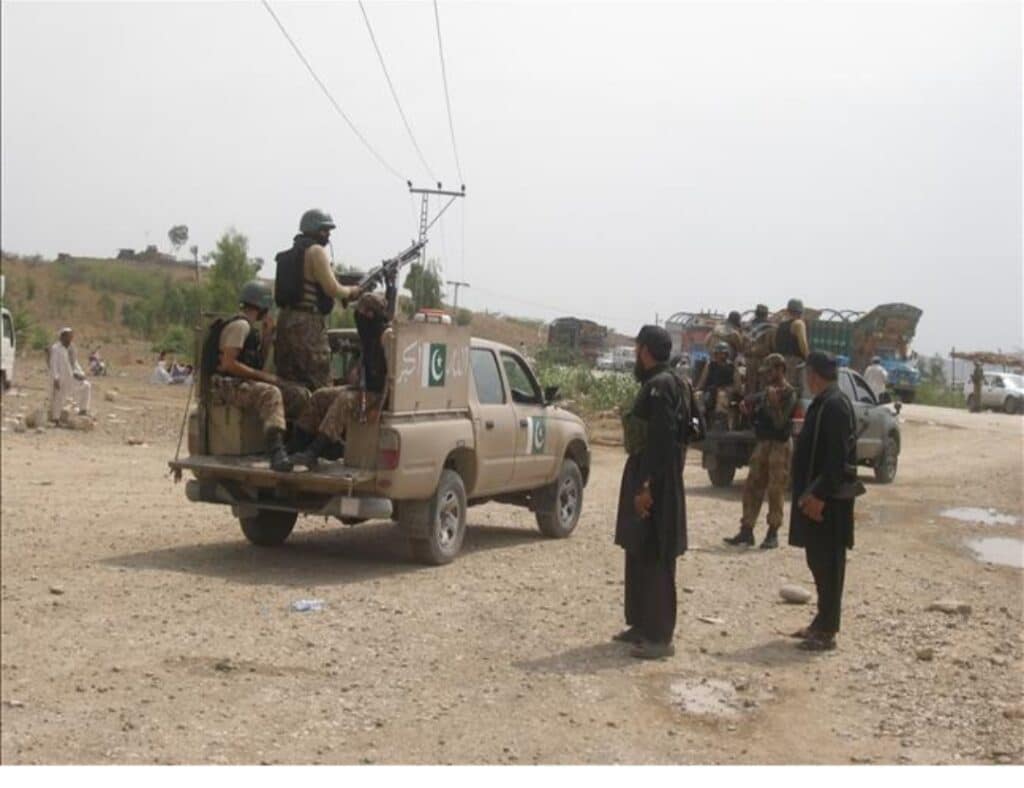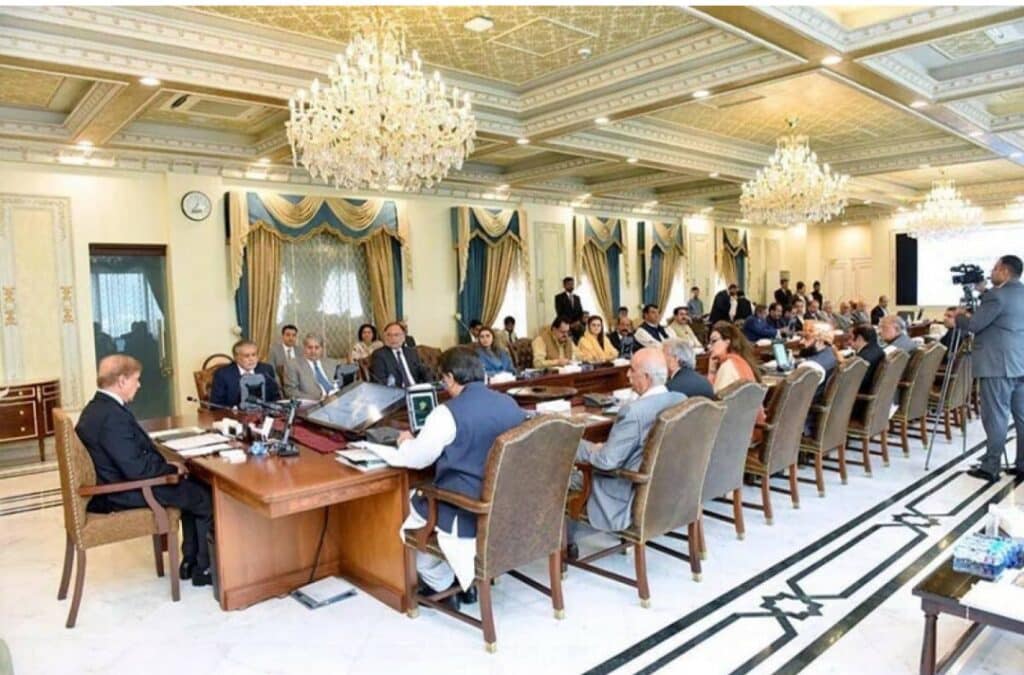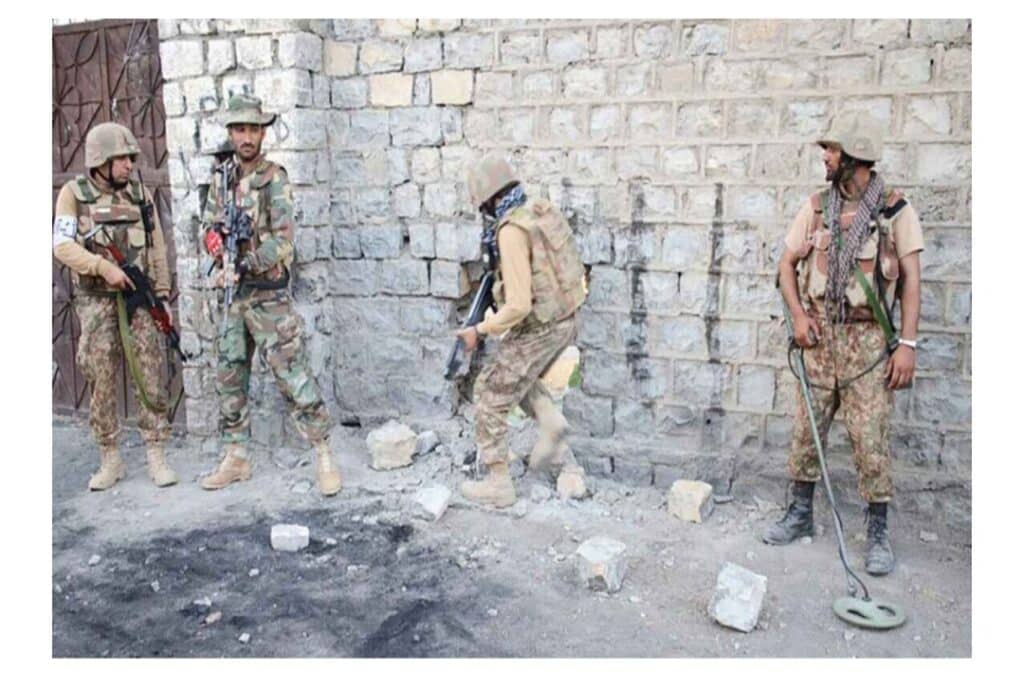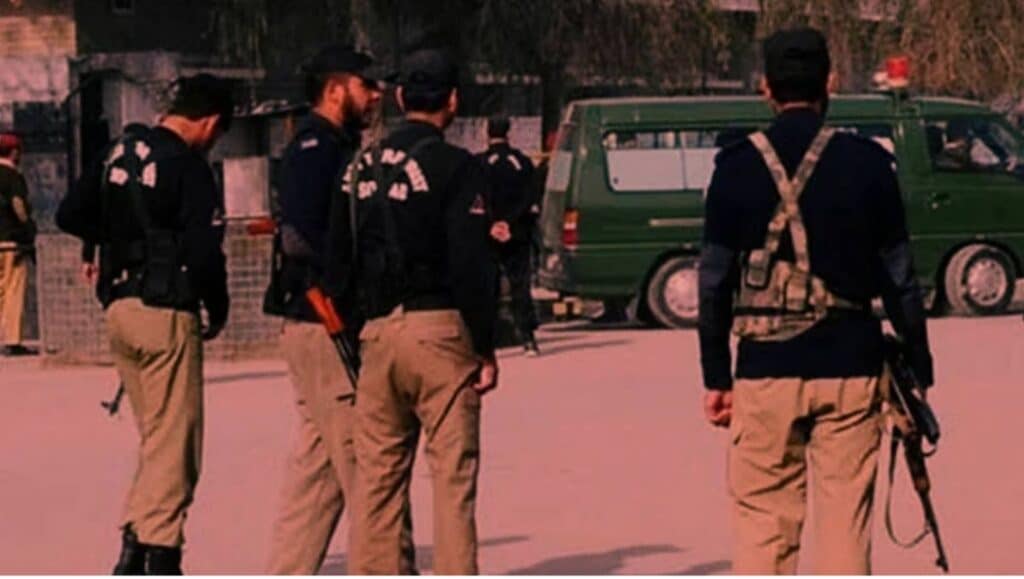In a revelation that has triggered renewed alarm across the region, the Taliban’s Ministry of National Defense has announced the seizure of a major cache of advanced weaponry in Kabul much of it believed to be of American origin and suspected to have been previously funneled to Khawarij groups operating in Pakistan. The statement, released by the Ministry’s press office, said that personnel from the 201st Khalid bin Walid Corps carried out an intelligence-led raid in the capital, resulting in the confiscation of a Ranger vehicle, over 60 heavy and light firearms, and various high-grade battlefield tools. Among the weapons recovered were M-16 rifles, sniper rifles, Dashkas, Pikas, Kalashnikovs, Dark Rifles, and Kashnikovs many of which are consistent with U.S. military equipment abandoned in Afghanistan following the chaotic withdrawal in 2021.
In addition to the firearms, Taliban authorities reported the seizure of 250 kilograms of gunpowder, two rocket launchers, eight grenades, four telecommunication bases, two night vision and four day vision cameras, along with illegal narcotics and electronic devices. These items are commonly associated with guerrilla warfare and asymmetric operations.
While the Taliban have publicly framed the operation as a clampdown on criminal elements, regional security officials and analysts are viewing the announcement with skepticism. The recovered arms and equipment closely mirror those used by Khawarij—particularly factions aligned with the so-called Islamic State Khorasan Province (ISKP) and Tehrik-e-Taliban Pakistan (TTP) in a series of deadly attacks on Pakistani security forces over the past two years.
Experts warn that the Taliban’s repeated discovery of such stockpiles reveals a deeper failure to secure military assets and exposes the duplicity of a regime that publicly claims to oppose the Khawarij while enabling their resurgence in practice.
Far from dismantling extremist infrastructure, the Taliban’s security posture has allowed Khawarij elements to regroup, train, and operate with increasing freedom particularly in Afghanistan’s eastern and southeastern provinces. Pakistani officials say that despite repeated diplomatic protests, Kabul has failed to take credible action against sanctuaries used by TTP and ISKP factions plotting attacks inside Pakistan.
The Afghan Ministry of Defense has claimed that investigations are ongoing to trace the origin and intended recipients of the seized materials. However, in the absence of tangible action against Khawarij leadership and supply chains, such claims are viewed as little more than political theatre.
As Pakistan continues to face a renewed wave of martyrdom attacks and ambushes in tribal and border regions, pressure is mounting on the international community to reassess the Taliban’s role—not as a counterterrorism partner, but as a destabilizing force whose territory has once again become a launchpad for violence beyond its borders.

